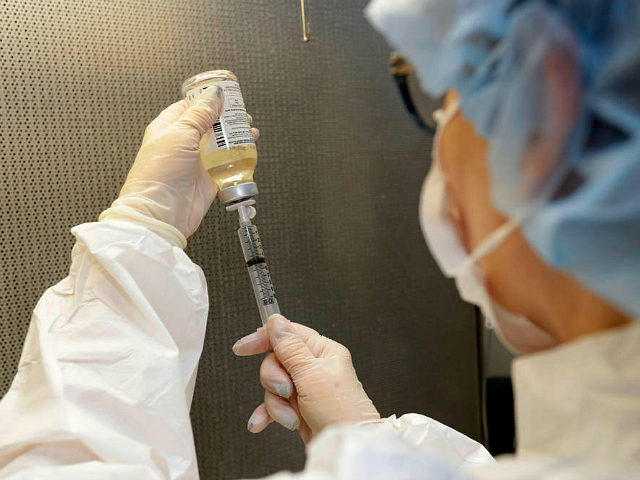The current landscape of infection control is rife with a growing trend of microorganisms that antibiotics cannot treat — and antibiotic shortages are worsening the problem.
The Dutch non-profit organization Access to Medicine published a white paper titled “Shortages, stockouts and scarcity,” which claims that the lacking supply of appropriate antibiotics means that many infections are being prescribed inferior replacements, allowing many bacteria to develop defenses that will make them much harder to cure — and even potentially untreatable — in the long term. Furthermore, the lack of supply can lead to price spikes, which further encourage patients to avoid the drugs they actually need.
Access to Medicine Foundation Executive Director and report co-author Dr. Jayasree Iyer said, “the right products need to reach the right patients at the right time.” But things are not looking good right now. The report mentions benzathine penicillin G, which — as of 2015 — was completely unavailable in 39 countries. It is the only drug known to combat the spread of syphilis between mother and child.
Another example is the intravenous antibiotic and antibacterial combination piperacillin-tazobactam, which has drastically declined in availability after the Chinese factory that produced raw materials used in the medication was damaged in an explosion.
These are far from the only shortages, however. The FDA is currently reporting more than 100 drug shortages, a fair amount of them critical antibiotics. The paper says that “antibiotic supply is patchy, complex and at risk of collapsing.” And a large part of that problem is money.
“Where on-patent antibiotics collectively generate $4.7bn in global sales annually,” the authors say, “a single cancer medicine can generate twice that revenue in one year.” Because of that disparity, pharmaceutical companies are hesitant to invest in the development of better antibiotics — especially with the risk that they will become useless if resistance is developed.
Consultant Antimicrobial Pharmacist and Royal Pharmaceutical Society spokesman Philip Howard agreed: “The ongoing shortages of current antibiotics are probably as large a problem as the lack of new antibiotics in development,” he said. “Until there is better transparency in the whole supply chain, then predicting global and local shortages will continue to be unpredictable. Whilst lessons can be learned from managing the HIV, TB and malaria treatments supply chain, it cannot be under-estimated how problematic a global solution will be due to the wide range and volume of antibiotics used.”
Dr. Michael Blank is very concerned by the report. “It leaves me with a chill that, despite having a diagnosis, I might have poor quality antibiotics,” he said, “or worse still, the wrong antibiotic that doesn’t work and may drive resistance, all because of an inadequate supply chain.”

COMMENTS
Please let us know if you're having issues with commenting.